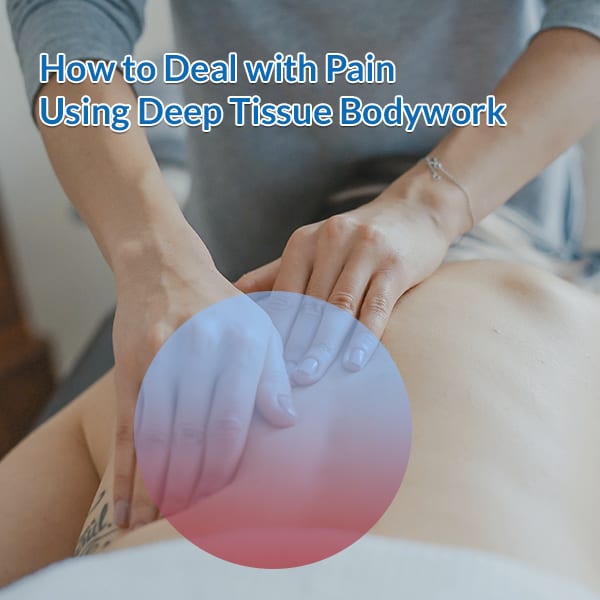 Due to their daily activities, which usually include sitting on a chair in front of a PC all day long, many people complain about pain and other related issues, seriously affecting their musculoskeletal system.
Due to their daily activities, which usually include sitting on a chair in front of a PC all day long, many people complain about pain and other related issues, seriously affecting their musculoskeletal system.
As previously, discussed, deep tissue bodywork is a great way of getting rid of such problems. Anatomically speaking, the body’s soft tissues include not just the muscles, but also the connective tissue and nerves that support the skeleton and enable movement. These tissues go layers-deep beneath the skin and sometimes can be relatively difficult to isolate. However, this is where deep tissue bodywork comes in.
This type of massage pinpoints exact soft tissues and treats them, eventually getting rid of pain and restoring all functions of the musculoskeletal system.
Over the past years, a few deep tissue methods have proven to be the best choices for various problems, becoming very popular. Let’s take a few moments and find out more about each of these methods.
Active Release Technique
This method of deep tissue bodywork is considered the gold standard for treatment of athletic injuries, but it has a wider spectrum of users. The technique addresses the whole ‘package’ surrounding an injury: muscle, tendon, ligament, nerve, and fascia.
Massagists use this method to promote smooth tissue movement, restricting the breakup of a scar tissue, as well as the restoration in function in the shortest time possible.
Rolfing
Moving on, we have another deep tissue bodywork technique which recognizes the musculoskeletal system as a seamless network of interactive tissues, instead of a collection of distinctive parts.
A rolfing technique mostly focuses on optimizing the connective tissues, in order to have them released and realigned, balancing the entire body. There are situations in which the fascia surrounding your musculoskeletal structures can become imbalanced, resulting in over-stretched or overly shortened tissue.
After applying this technique, the balance in your musculoskeletal system is restored, thus promoting a better posture, as well as coordinated movement and significantly less pain in the muscles.
Pfrimmer Deep Muscle Therapy
Developed by Therese C. Pfrimmerr, this method’s aim is to change the muscular structure – only at a cellular level – through cross-fiber strokes. Besides this, it’s designed to stimulate lymphatic and circulatory systems, in order to promote cellular repair, but also get rid of all the toxic waste from muscle cells.
The method is known for its ability to decrease inflammation, but also relieve pain and improving the joint range of motion and blood, alongside lymphatic circulation.
Visceral Manipulation Therapy
Finally, we also have one more deep tissue bodywork method, directed at the body’s visceral organs, supposed to work in full harmony.
Back to the method, it claims that when one organ starts developing an abnormal tone, as well as adhesions or displacement, it may start working against other organs, soft tissues, and bones, resulting in abnormal points of tension and chronic irritation. This type of therapy wants to restore this lost harmony and it’s usually used in cases of pelvic and back pain, but also headaches caused by migraines and other health issues.
Image credit: Toa Heftiba
